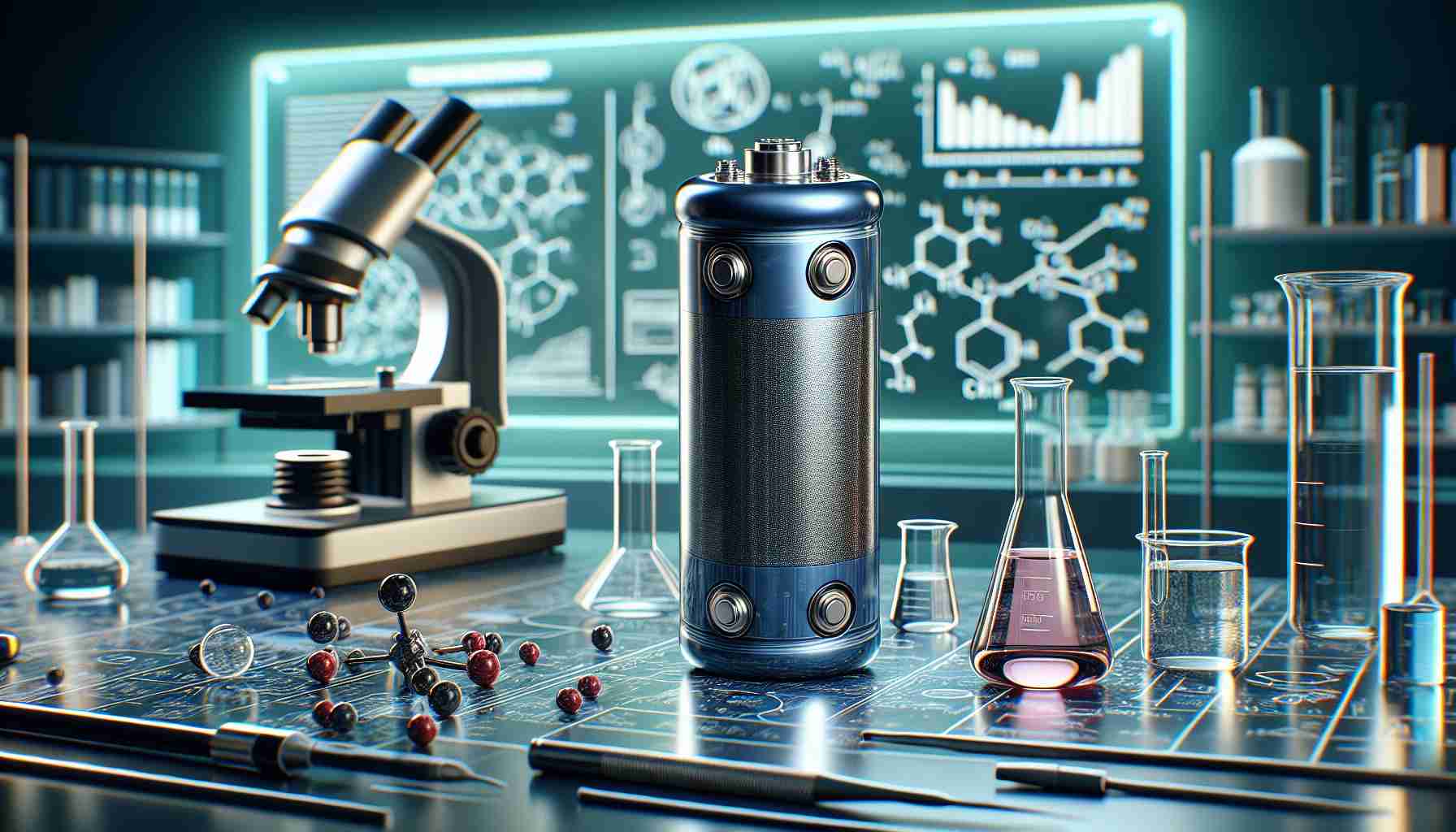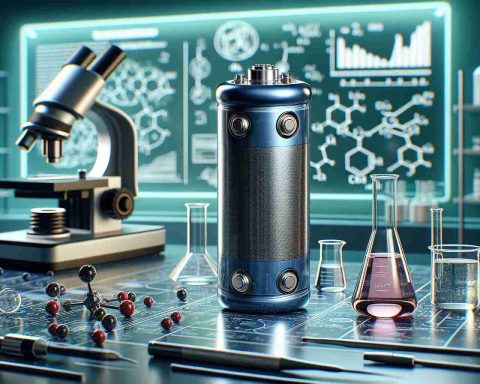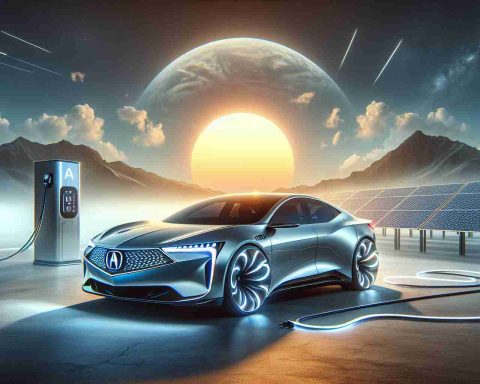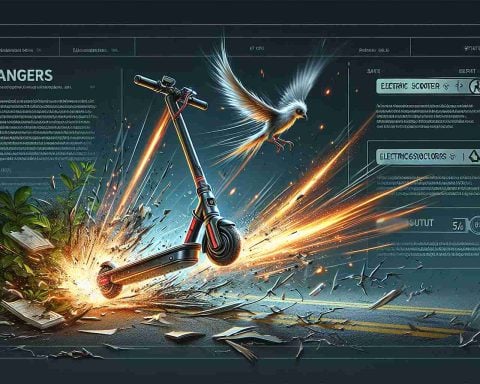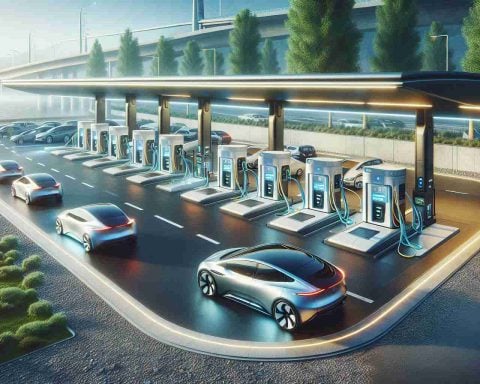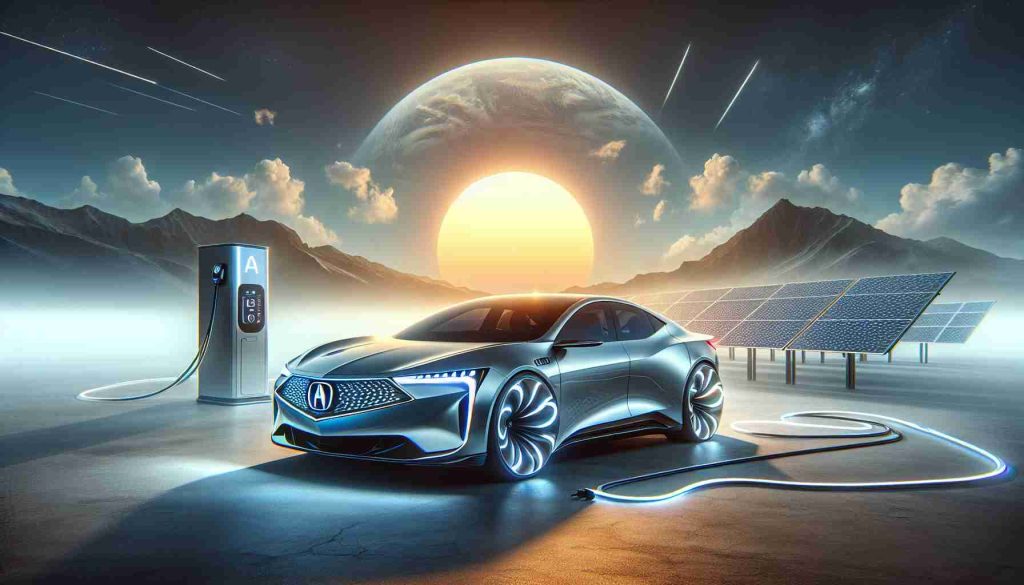- A cutting-edge mini-flow battery from Pacific Northwest National Laboratory is set to revolutionize material discovery for energy storage.
- The device, similar in size to a playing card, significantly reduces the material needed for testing, enhancing efficiency and cost-effectiveness in energy material synthesis.
- Flow batteries offer a more scalable and potentially cheaper alternative to lithium-ion batteries by storing energy in liquid electrolytes.
- The mini-flow battery facilitates rapid material screening and development, promoting domestic innovation while mitigating reliance on external sources.
- This innovation aims to integrate AI and robotics, showcasing a shift towards a sustainable energy future through advanced technological integration.
- The breakthrough underscores the potential of small-scale technological advancements to drive significant changes in the energy sector.
A remarkable piece of technology has emerged from the Pacific Northwest National Laboratory—a sophisticated mini-flow battery, no larger than a playing card. This inventive tool promises to transform the landscape of material discovery, particularly in the realm of energy storage, a pressing need as nations pivot swiftly towards cleaner energy sources.
Think of a future where scientists can uncover groundbreaking energy materials with the ease of flipping a switch. This possibility edges closer with the development of this miniature marvel, which taps into the same principles as its larger flow battery brethren but drastically reduces the amount of material needed for trial and error. Imagine synthesizing key compounds not in cumbersome gram-scale quantities, but in elegant milligrams, saving time and cutting costs dramatically.
Flow batteries, which store energy in the chemical bonds of liquid electrolytes, possess the potential to be a more scalable solution than lithium-ion batteries, which remain burdensomely expensive for wide-scale deployment. However, the need for externally sourced materials leaves the technology vulnerable to geopolitical whims.
Enter the mini-flow battery, a tool not only designed to expedite and economize the testing of new materials but also intended to embolden domestic innovation. By slashing through previous limitations, researchers can swiftly screen and develop potential breakthroughs, albeit with the need for highly purified materials to prevent operational clogs.
This innovation is the first step in an ambitious undertaking—fusing AI and robotics to further revolutionize the testing process. The mini-flow battery stands as a testament to human ingenuity, nudging the world closer to a sustainable energy future and illustrating that sometimes, the most monumental changes come in the smallest of packages.
Revolutionary Mini-Flow Battery: How It Will Change Energy Storage Forever
How-To Steps & Life Hacks for Using Mini-Flow Batteries
1. Understand the Basics: Learn the principles of flow batteries. They store energy in liquid electrolytes, making them scalable and suitable for renewable energy integration.
2. Start Small: Since the mini-flow battery operates with milligrams of material, you can conduct experiments without the need for extensive resources, making it accessible for smaller labs.
3. Integrate with Technology: Combine the use of these batteries with AI and robotics for more precise material testing and data collection.
Real-World Use Cases
– Renewable Energy Storage: Ideal for small-scale solar or wind energy setups where space and resource efficiency are crucial.
– Material Testing in Laboratories: Scientists can quickly test new energy materials, fostering innovation in battery technology and more.
– Educational Purposes: Universities might use mini-flow batteries in their programs to teach students about energy storage technologies.
Market Forecasts & Industry Trends
The market for flow batteries, including mini versions, is expected to grow as the world moves toward cleaner energy solutions. According to Grand View Research, the global flow battery market is projected to grow significantly in the coming years, driven by demand for renewable energy integration.
Controversies & Limitations
While promising, mini-flow batteries require highly purified materials to function optimally; impurities could lead to operational issues. Additionally, scalability for larger storage needs still presents challenges.
Features, Specs & Pricing
Currently, detailed specifications and pricing for mini-flow batteries aren’t widely publicized due to their developmental stage. However, they boast reduced material usage, compact size, and cost-effectiveness in initial trials.
Security & Sustainability
These batteries offer a sustainable approach to material testing, reducing waste and energy consumption. However, ensuring secure data and intellectual property management during AI integration will be crucial.
Pros & Cons Overview
Pros
– Low material and cost requirements
– Accelerated testing of new materials
– Environmentally friendly
Cons
– Limited by material purity requirements
– Not yet suitable for large-scale applications
Actionable Recommendations
1. Stay Informed: Keep abreast of the latest developments in flow battery technology and market trends.
2. Think Integration: Consider how AI and robotics can streamline testing processes for your prototypes.
3. Explore Collaborations: Partner with labs or universities to access high-purity materials and share testing insights, enhancing research outcomes.
For further insights into innovations in energy storage, visit Pacific Northwest National Laboratory. Start exploring the potential of mini-flow batteries today—this tiny technology could be the key to unlocking a new era in energy storage.
